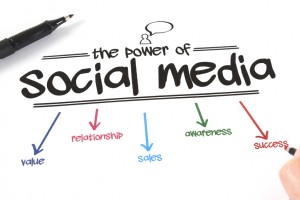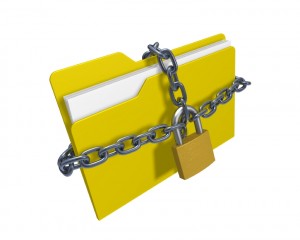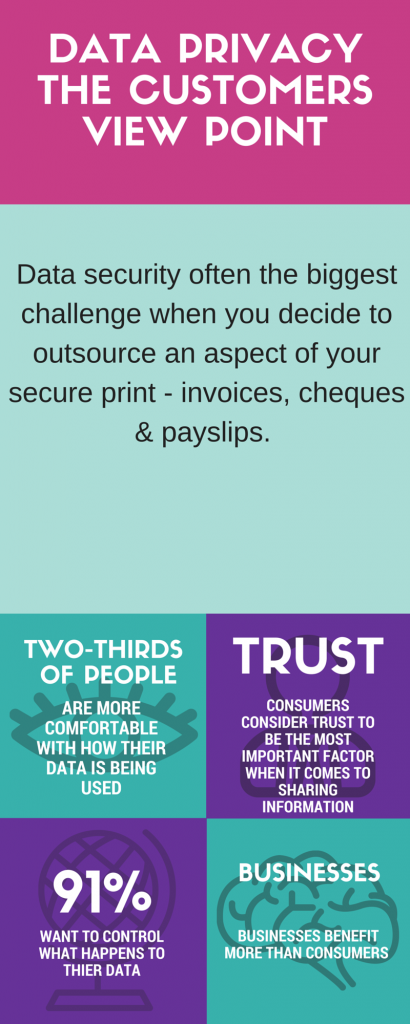The challenge of 2020 is being etched into history and is a reminder of economic, social and emotional discontent.
Every industry is affected, and global economies are coming to terms with a changing business landscape.
A bleak outlook?
Marketing has also suffered due to the financial implications of businesses cutting back on spending.
What does this mean for print?
Print is more relevant than ever as we turn away from fake news and seek the facts.
Even when many thought the digital age would see the death toll, print has become more creative, essential, and unique.
What is the future of print marketing in a digital world?
Digital marketing is here to stay, but print marketing is by no means on the back foot.
On the contrary, businesses will increase their marketing budgets as business confidence improves and the vaccination program continues unabated.
Marketing is a crucial component of business strategy in developing long term customer relationships.
One effective way to increase brand awareness is to connect with your audience by positioning your business in a niche.
SMEs and smaller businesses find this a real challenge involving time, money and trying to come up with plenty of content ideas.
Social media platforms make it easy to push out a steady stream of content for analysis and measurement.
This makes it an invaluable tool for marketers.
What about print marketing?
According to BPIF, the UK is the fifth-largest producer of printed products employing over 140,000 people in 10,500 companies with a turnover of £14.3 billion.
There is longevity in printed products, after all.
While digital remains an essential tool for brand recognition and retains its place as a quick and easy way to communicate with customers, print is tangible emotional and personalised.
Print addresses the individual by name rather than a blanket email that starts with hey, Mrs C. or Hi Smith.
We’ve all received that misspelt or generic type of newsletter, haven’t we?
But while personalisation is vital in marketing, print uses sensory stimulants that embrace our senses and gain the recipient’s attention on an emotional level.
It can include video through AR, different print finishes and fragrances capturing the interest of the individual.
Good marketing needs to make a connection without blatantly ‘selling’.
Digital print is characterised by personalisation and provides plenty of scope to use tactile substrates.
This makes the end product feel like its a premium product and can be uniquely personalised.
In the age of clickbait, click-through rates, impressions, views and likes, print plays a vital role in marketing.
While postage and raw materials have increased, printing is cheaper than when I entered the industry in 1991.
On-demand printing is a reality, and although it has to compete with its online counterpart, it should not be seen as an adversary but as an effective communication and marketing partner.
The hardest thing for print management companies is to reposition themselves not ‘just as the printer who prints the company’s finance documents or brochures’ but as facilitators of new and creative ideas.
As a print management company, our objective is to deliver new and innovative ways of connecting with customers through an integrated marketing campaign that includes print.
The economy is preparing to recover, and while we wait for it to open on June 21, businesses are planning to increase their marketing spend.
There’s no obvious route to success, but new trends and innovations marketing departments should include print as part of their marketing mix.
While digital consumption is high among younger audiences, does this translate into higher levels of attention?
Distractions caused by online pop-ups ads and notifications divert our attention, which means brands have a short time to deliver their campaigns online.
The pandemic is forcing us to slow down, and many of us working at home, reading print calms us.
Print is accessible and is less invasive than being bombarded with negative fake news.
By offering unique print products, marketers can capitalise on the benefits of connecting more tangibly with their customers through print media.
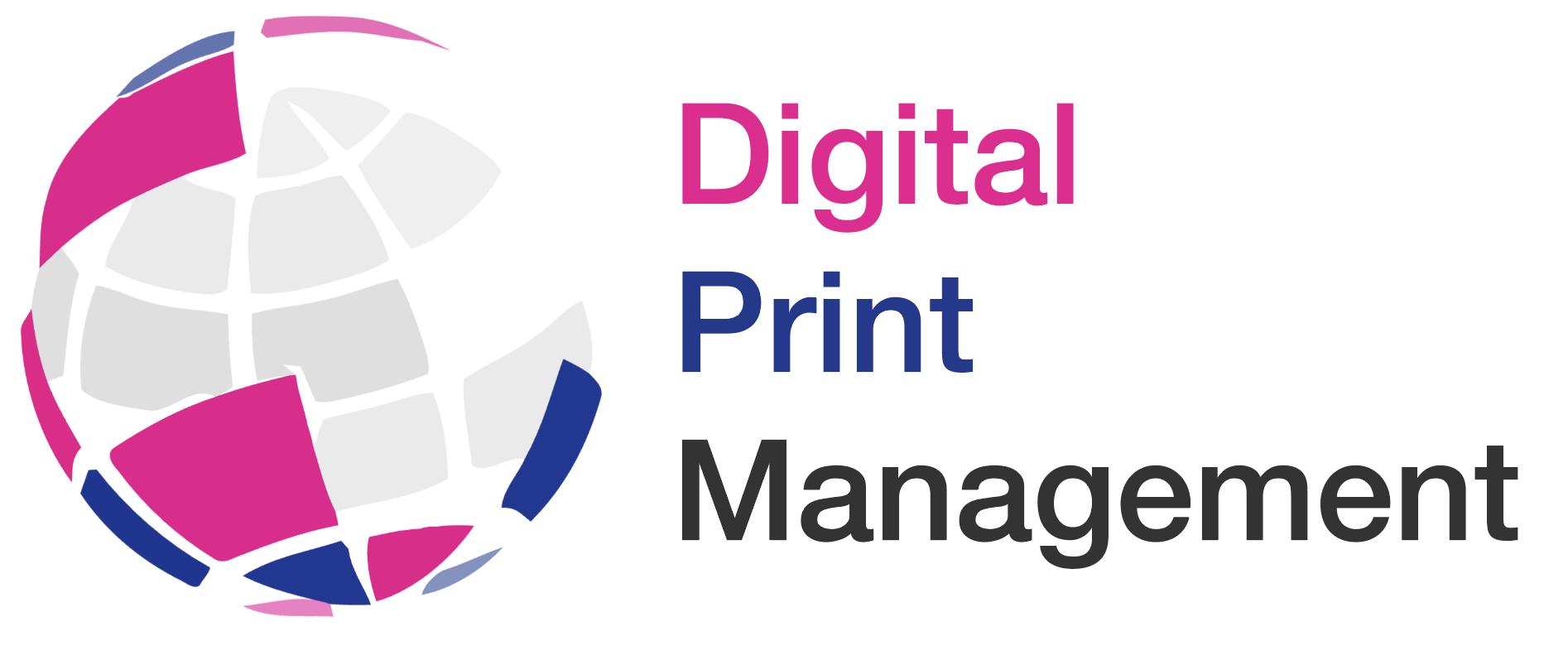
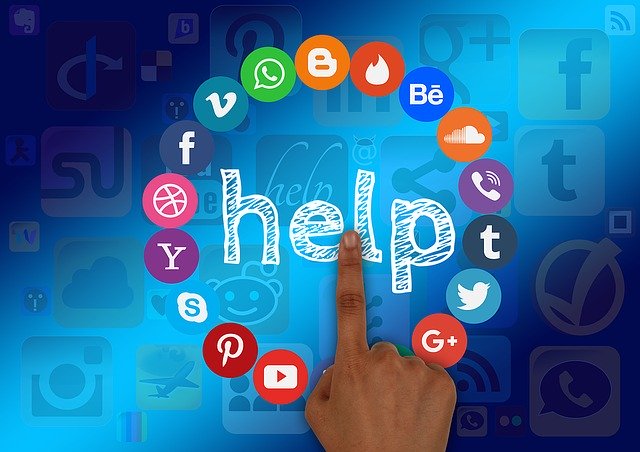



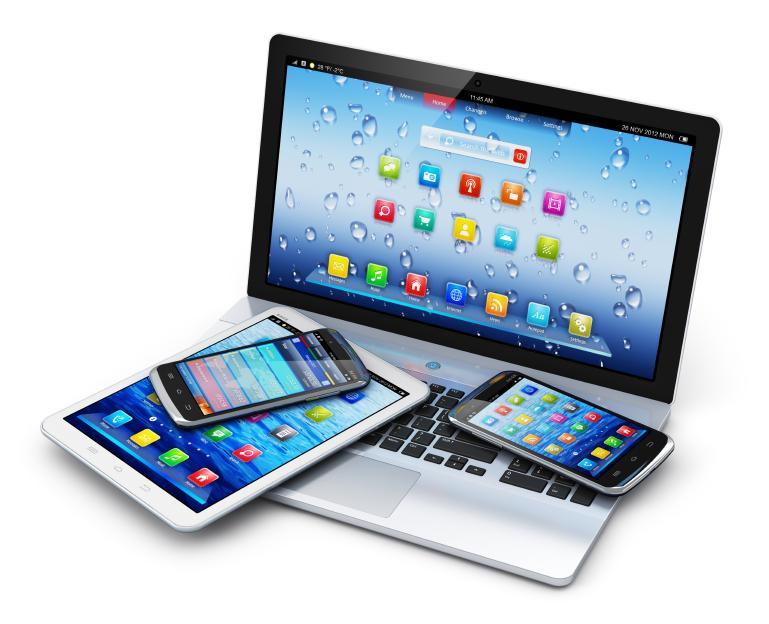



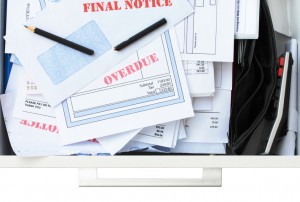 The running costs of managing the process in-house makes it expensive. It is one of the first areas a company looks at when streamlining its printing requirements.
The running costs of managing the process in-house makes it expensive. It is one of the first areas a company looks at when streamlining its printing requirements.

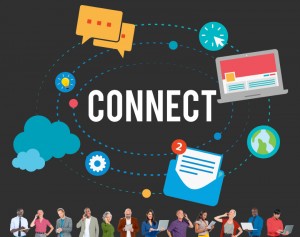


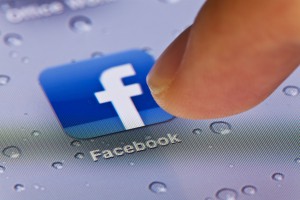






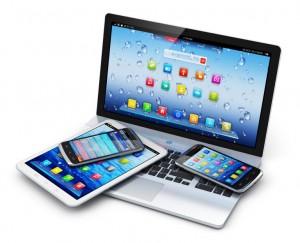
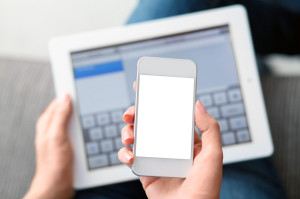

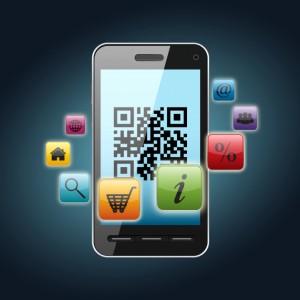


 Despite this, there is a growing reluctance to admit that email and online marketing never reached their full potential, with many of us reaching saturation point with overflowing inboxes and junk e-marketing.
Despite this, there is a growing reluctance to admit that email and online marketing never reached their full potential, with many of us reaching saturation point with overflowing inboxes and junk e-marketing.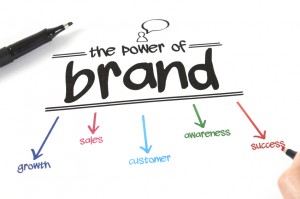 print advertising with AR; the user scans and views how the car performs.
print advertising with AR; the user scans and views how the car performs.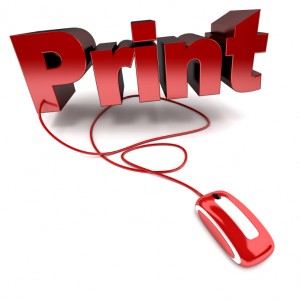
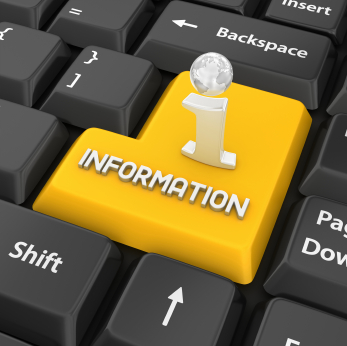
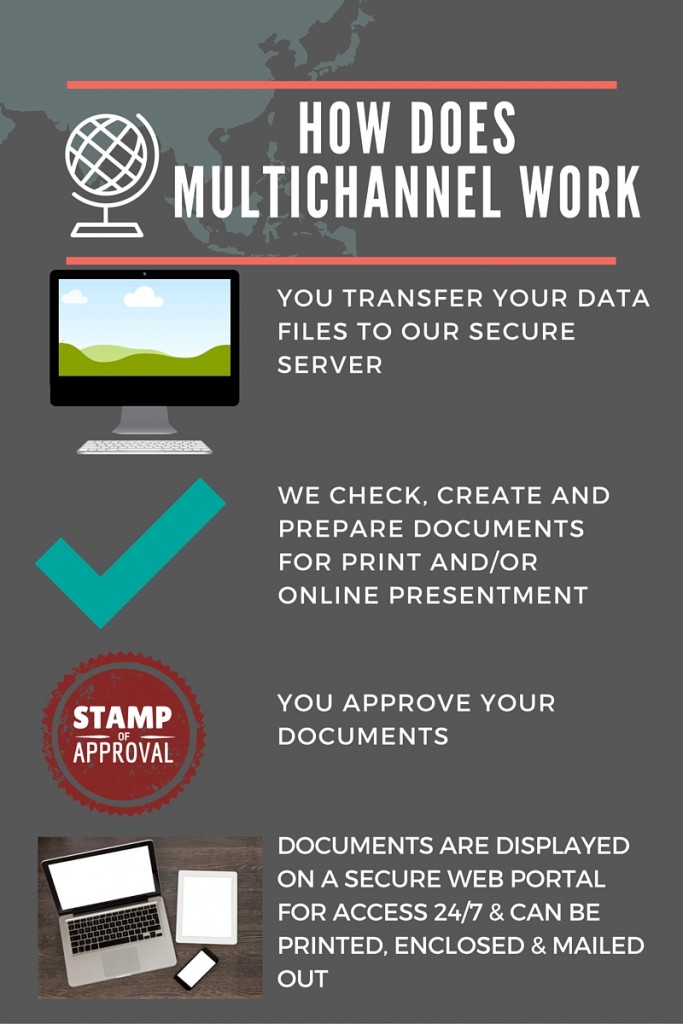
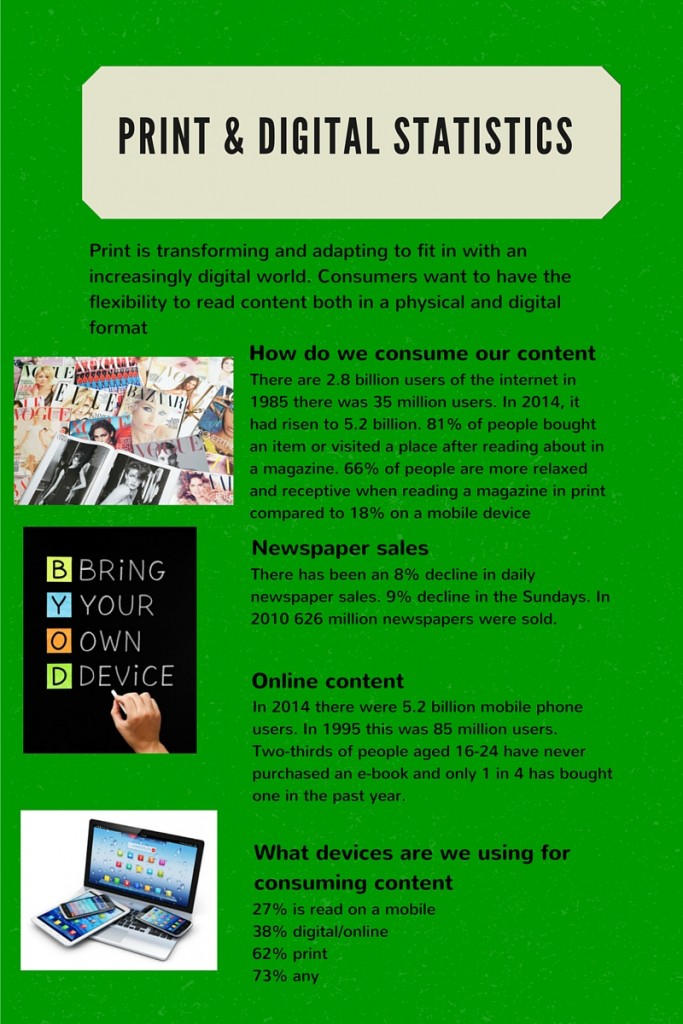
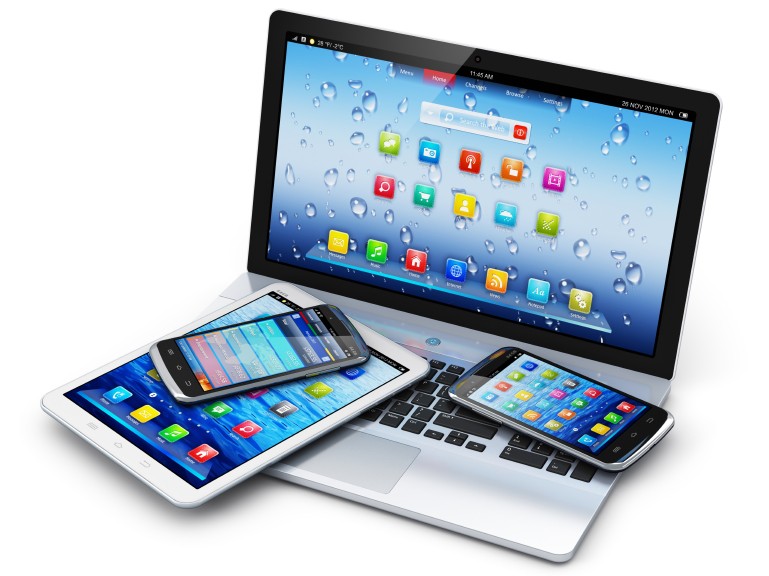
 Print is adapting and so are the manufacturers of print who recognise the need to provide a digital and physical version for people to consume content.
Print is adapting and so are the manufacturers of print who recognise the need to provide a digital and physical version for people to consume content.
 I have a frustrating relationship with social media.
I have a frustrating relationship with social media.